BMW launched a new 1 Series recently. It’s actually a very fine car, driving a little better than many of its rivals in true BMW style, feeling better built than almost all of them, and featuring a smart, modern interior that includes, but doesn’t beat you over the head with, all the latest technology.
It may not have appeared on your radar, though, because the launch of a compact BMW doesn’t garner the excitement it once did among enthusiasts. If I was to guess why, a large part of it might be that for the last couple of generations now, the 1 Series has sent its drive to the front wheels, and that’s something of a sore point for BMW fans.

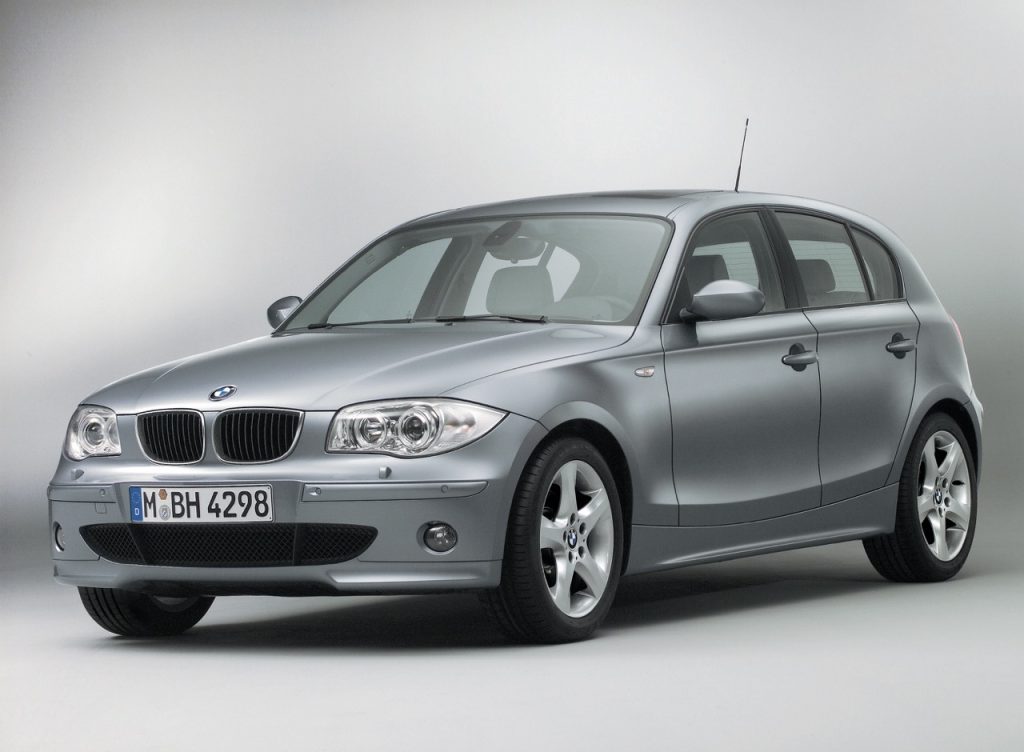
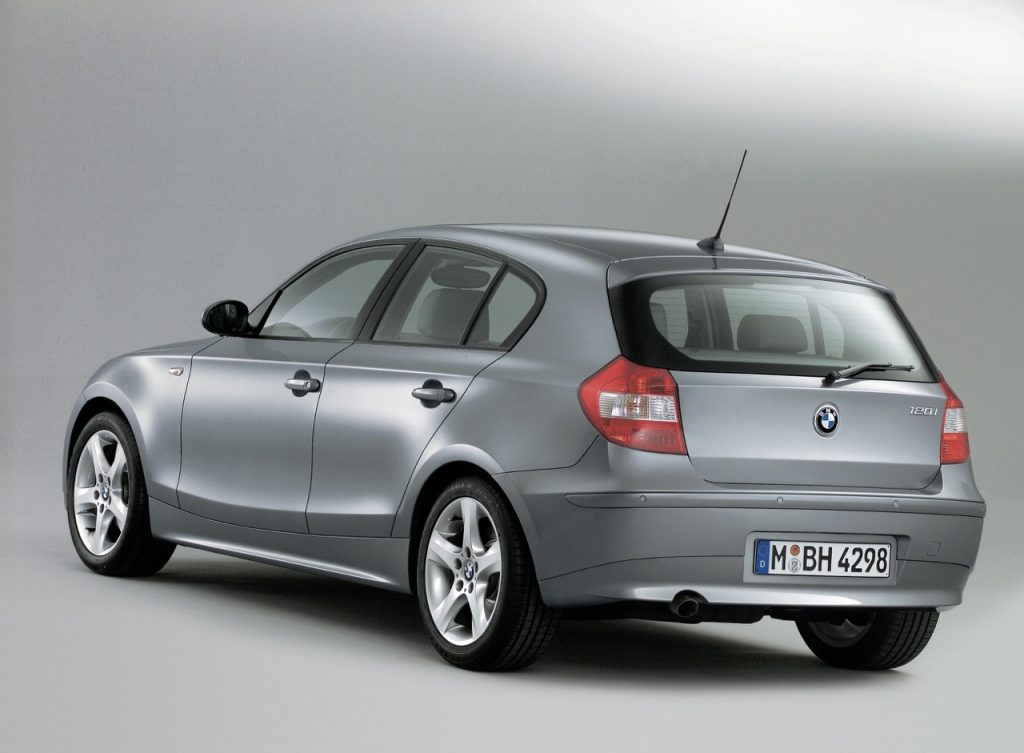
How different things were 20 years ago. Back then the greatest misgiving of the all-new 1 Series model line, a new Golf-sized car to sit beneath the 3 Series, was the same as all early-2000s BMWs: It was styled in the studio headed up by Chris Bangle. While Bangle himself didn’t style the new E87 1 Series – the five-door hatch is credited to Chris Chapman – the American’s signature “flame surfacing” was present and correct, and people were still a little uneasy about it.
Today the unease seems unfounded, and not just because BMW has committed far more egregious sins against the eyes in the intervening period. Not everyone will be an E87 fan, I’m sure, but like many BMWs from the period, time has mellowed its more shocking elements, and what remains is a sharp and still modern-looking hatchback with proportions you simply won’t find on any other family hatch, thanks to its rear-wheel-drive layout.

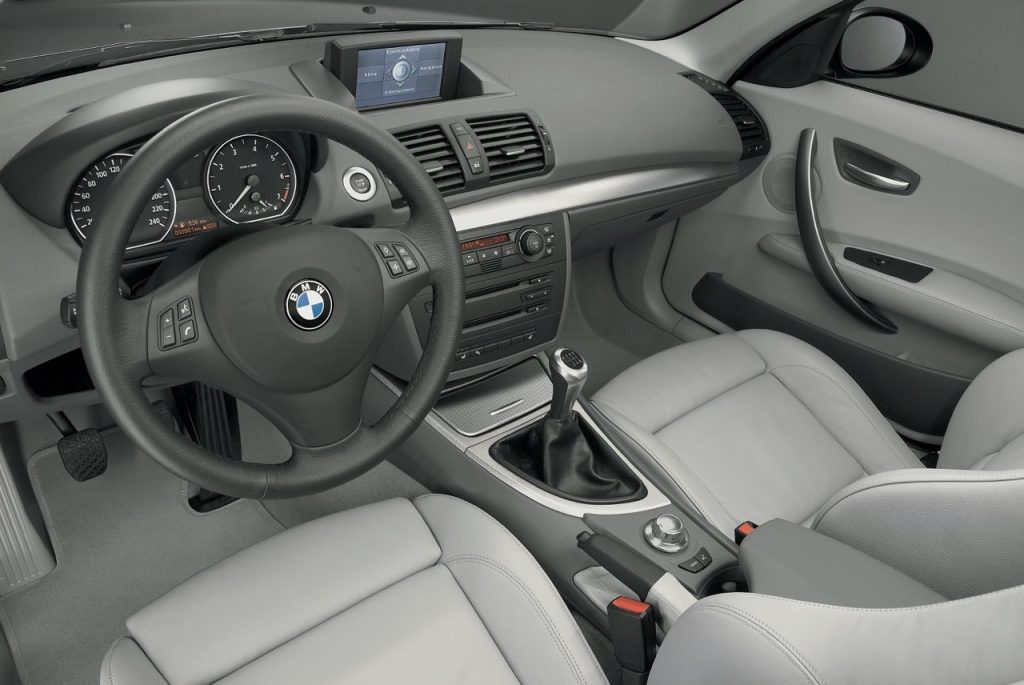
Oh, I forgot to mention that, didn’t I? The first two generations of 1 Series (we’re now on the fourth) were still rear-wheel drive, something BMW considered essential until discovering that most 1 Series customers may as well have thought the car was left-wheel drive, let alone front or rear.
Rear-wheel drive didn’t exactly turn the E87 into an oversteer monster, not when the choice of powertrains started with a modest 114bhp 1.6-litre four-pot and had a slightly portly 1280kg to lug around. The early range was relatively subdued, the most powerful petrol being the 2-litre 120i with 150bhp and an 8.7-second 0–62mph time. The diesel 120d was actually the performance option, with its 251lbft of torque and a 0–62mph that just nicked under eight seconds.

It was still a confident, neat handler though, often unsurprisingly compared to the contemporary 3 Series (the E87’s combination of struts, rear multilink, and widespread use of aluminium suspension components and subframes would be used in the E90 3 Series a year later), and early cars used hydraulic rather than electric steering assistance, with many of the benefits you’d expect. It rode firmly, and the cabin materials perhaps felt to-a-price, but there was no doubting it was a proper BMW.
And that proper BMW-ness, and the sense such a quality has been steadily eroding from several BMWs in recent years, is why the 1 Series will come to be viewed as a covetable example of the marque’s history. It feels like a BMW to drive, and the power is sent to the correct axle, while the styling now, quite amusingly, looks more like a “traditional” BMW than most in the current range.
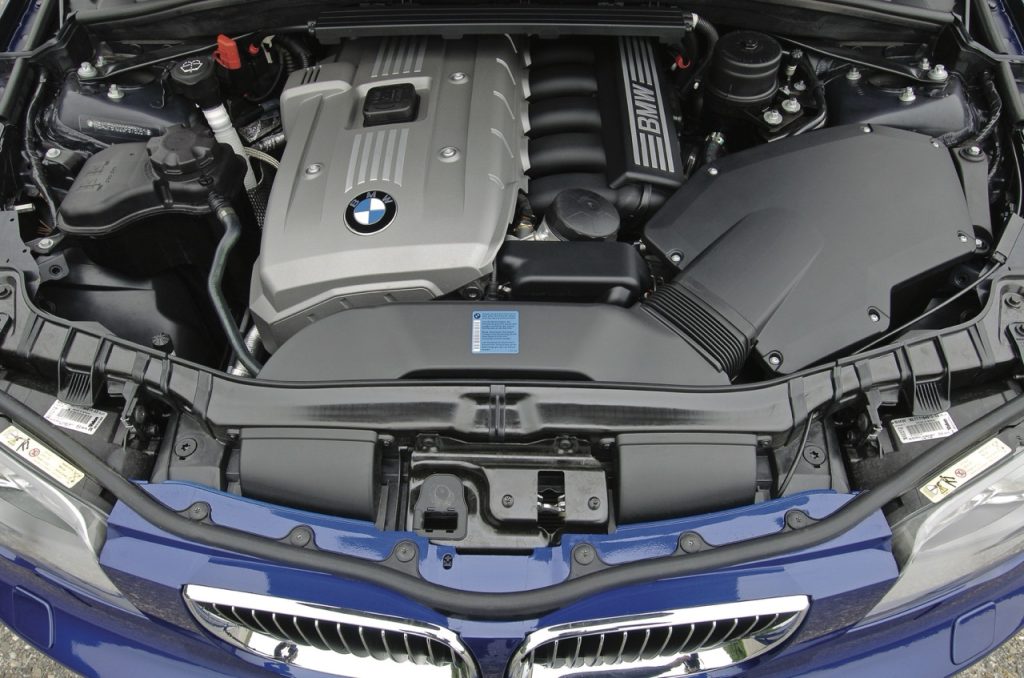
BMW did fix the power thing, too, and if there’s one model from the E87 range that’s guaranteed to become a future classic, it’s the 130i that arrived in 2005. This one got a 258bhp, 3-litre straight-six, a 0–62mph time in the low sixes, and a more focused wheel, tyre, and suspension package that would lead today’s BMW to slap an M badge on it. It also got an early generation of what BMW called “Active Steering,” with a variable ratio, but if you’re searching the classifieds you’ll want to avoid that, as it muddied steering feel and response.
Other 1 Series with a better chance than most at classic status are the E82 coupe and E88 convertible. The 1 Series as a whole was actually previewed by a convertible, 2002’s CS1 concept, and the production car’s lines are more or less identical, while the coupe gave people wistful thoughts about the old E30, which can only be a good thing.
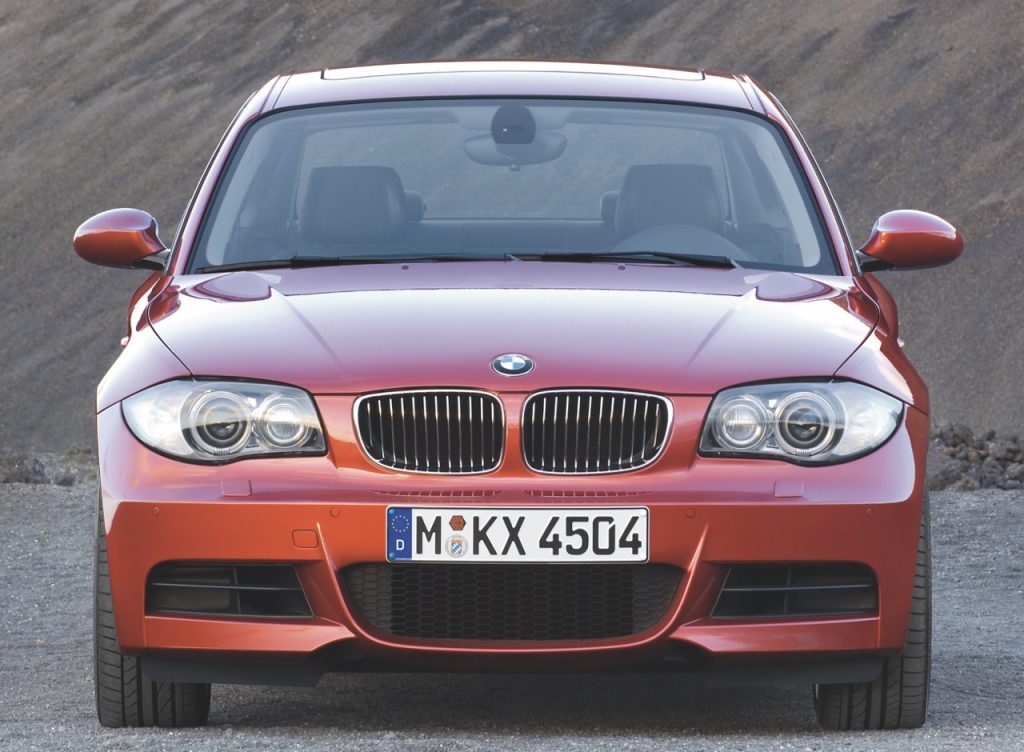
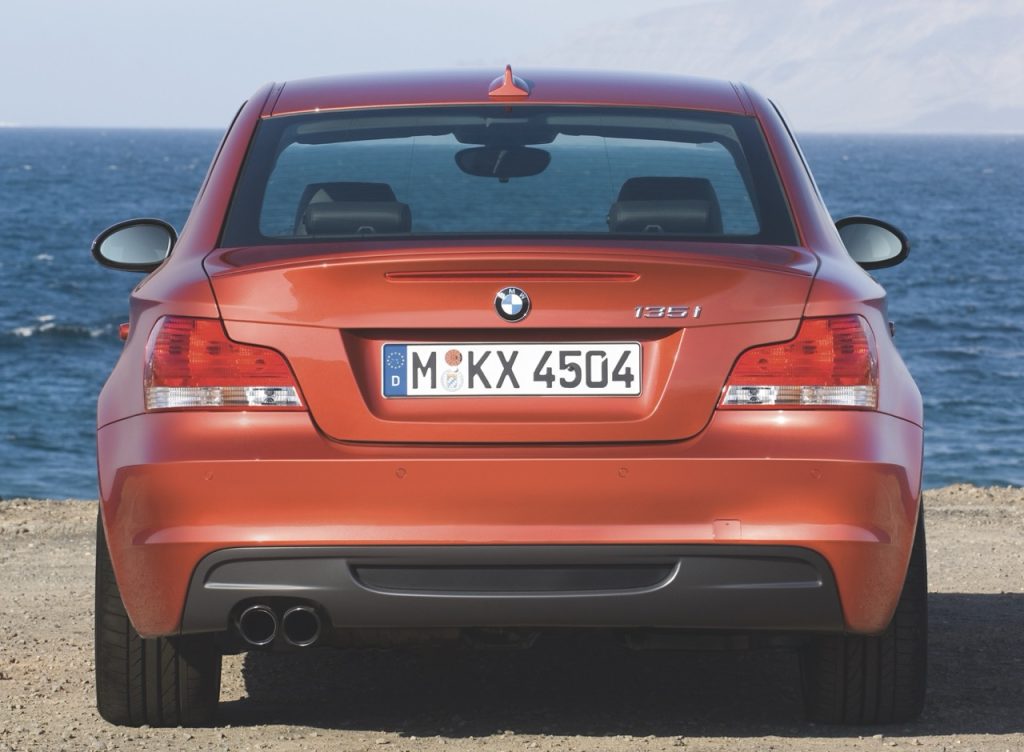
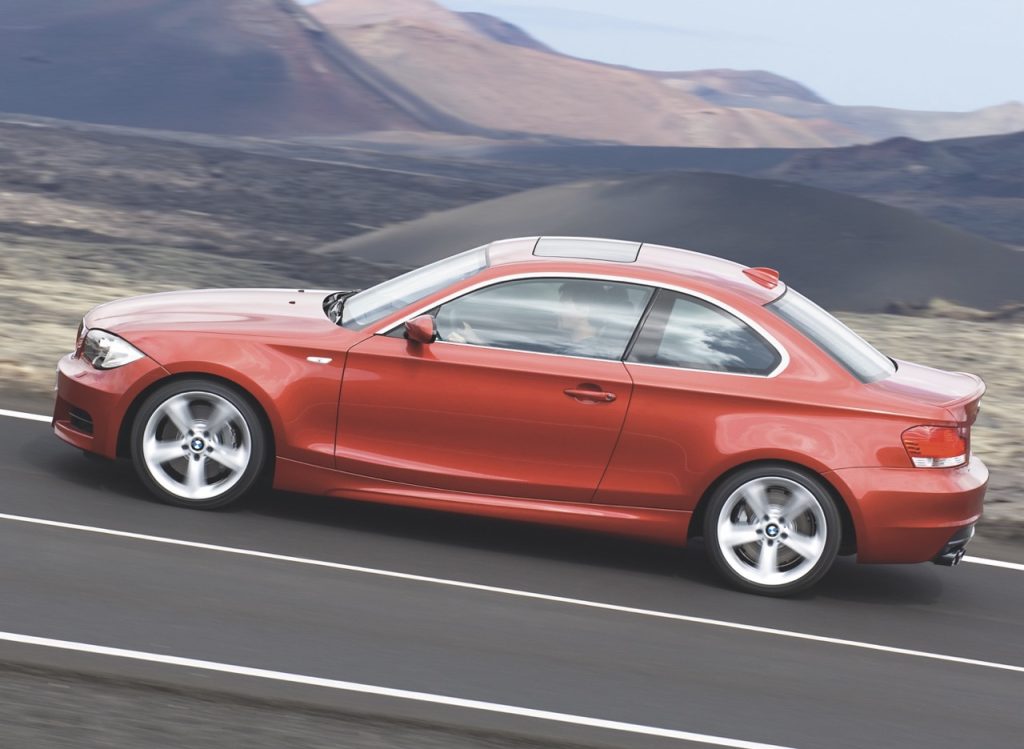
The coupe also got an even more powerful 135i model with a turbocharged inline-six making 316bhp, while the coupe and convertible’s naturally aspirated six-pot was the 125i (at least in the UK), with 215bhp at its disposal. Oh, and of course there was the 1M, but it doesn’t take Nostradamus to declare 2011’s dedicated M model a future classic – prices on the used car market suggest it’s already there.
You don’t need a powerful one, though, to know the E87 and its equivalents have a following. There are already race series for it, for one – the 750 Motor Club started its 116 Trophy years ago, a mini-enduro series for the base-model car, and more recently launched the 120 Coupe Cup, with basic modifications liberating 190bhp from the 2-litre four. The two-door cars especially look fantastic in race spec. You’ll also find younger owners beginning to modify and drift even low-spec 1 Series, which is another sign enthusiasts aren’t as fussy about this smaller BMW as they might have been at the time.
That it’s compact helps, too, keying people into the driving experience in a way increasingly large 3 Series have been getting away from. The E87 1 Series may not be one of the brand’s most beloved models, but it’s still a BMW, and that’s what really counts.
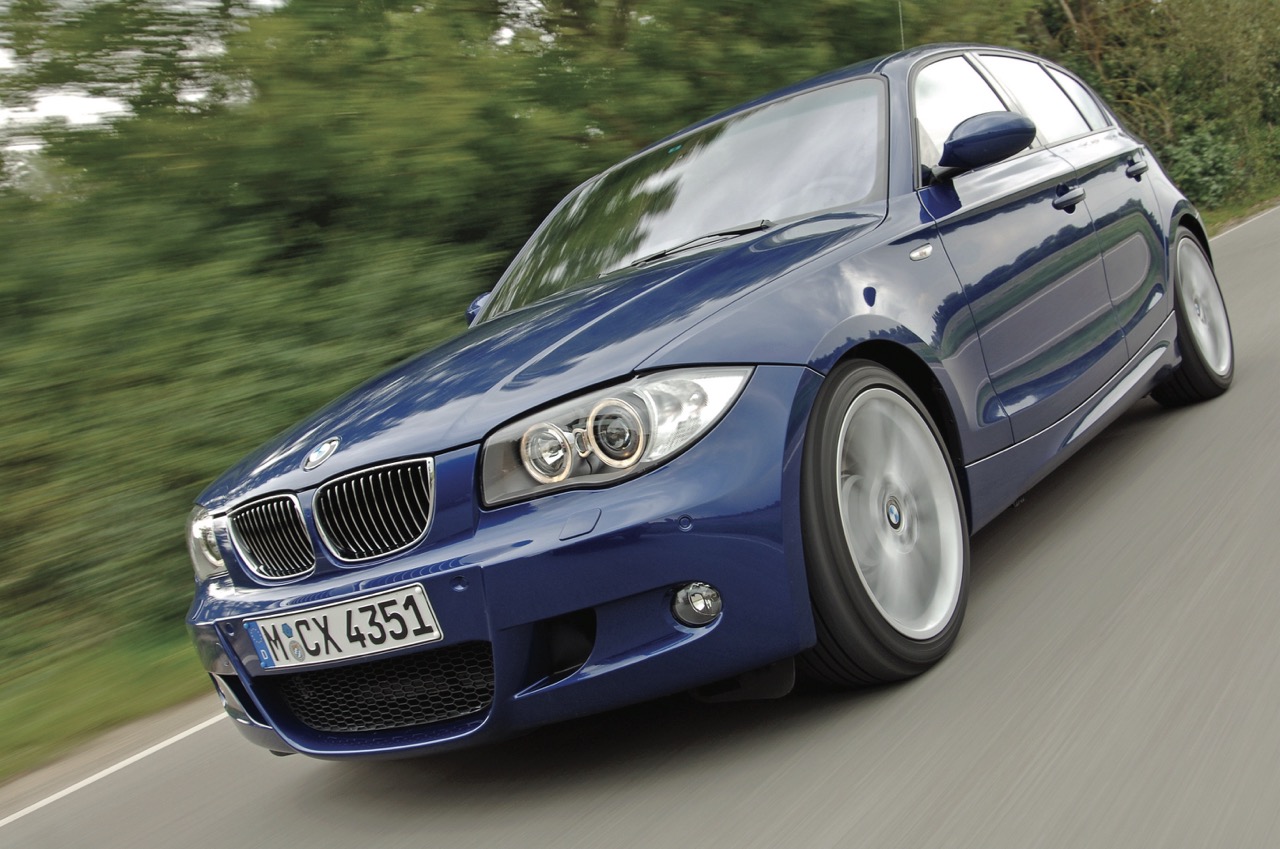



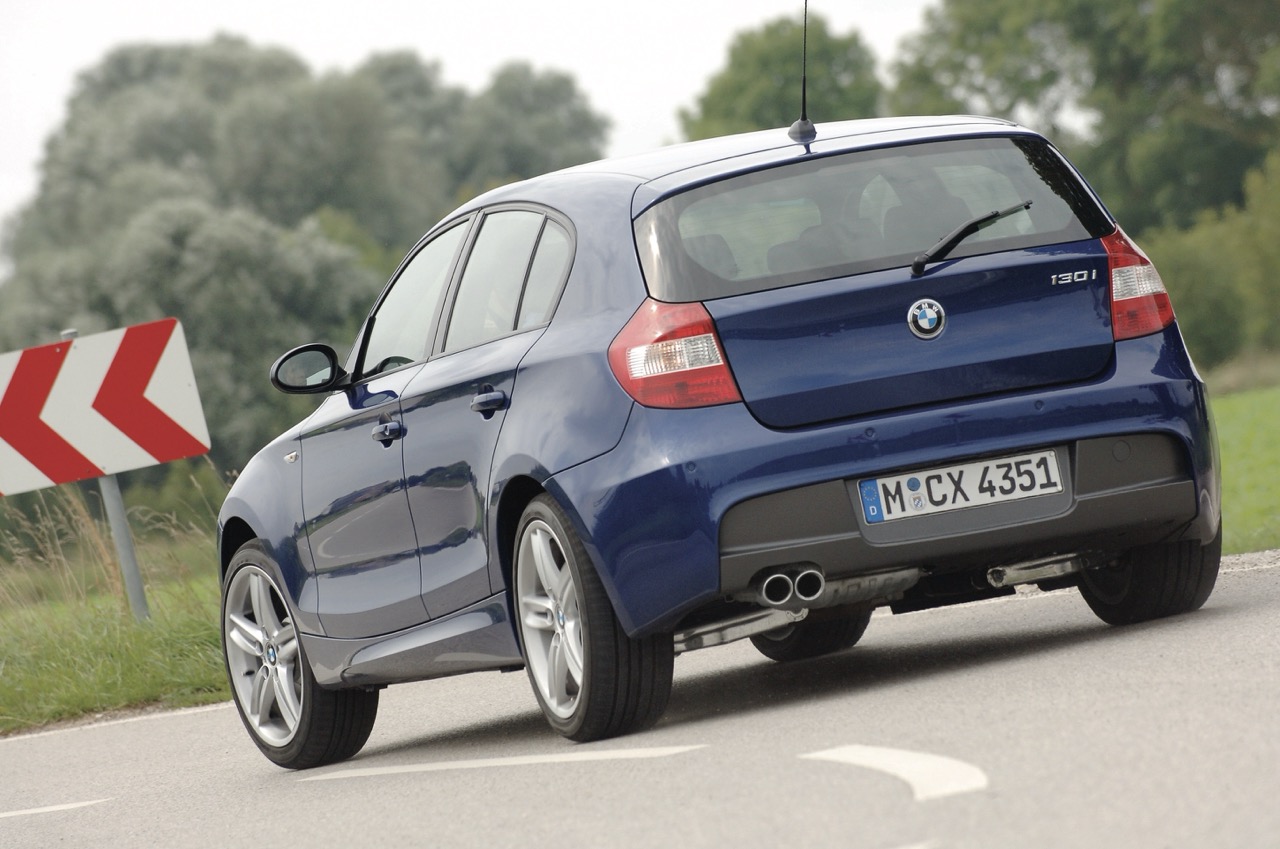
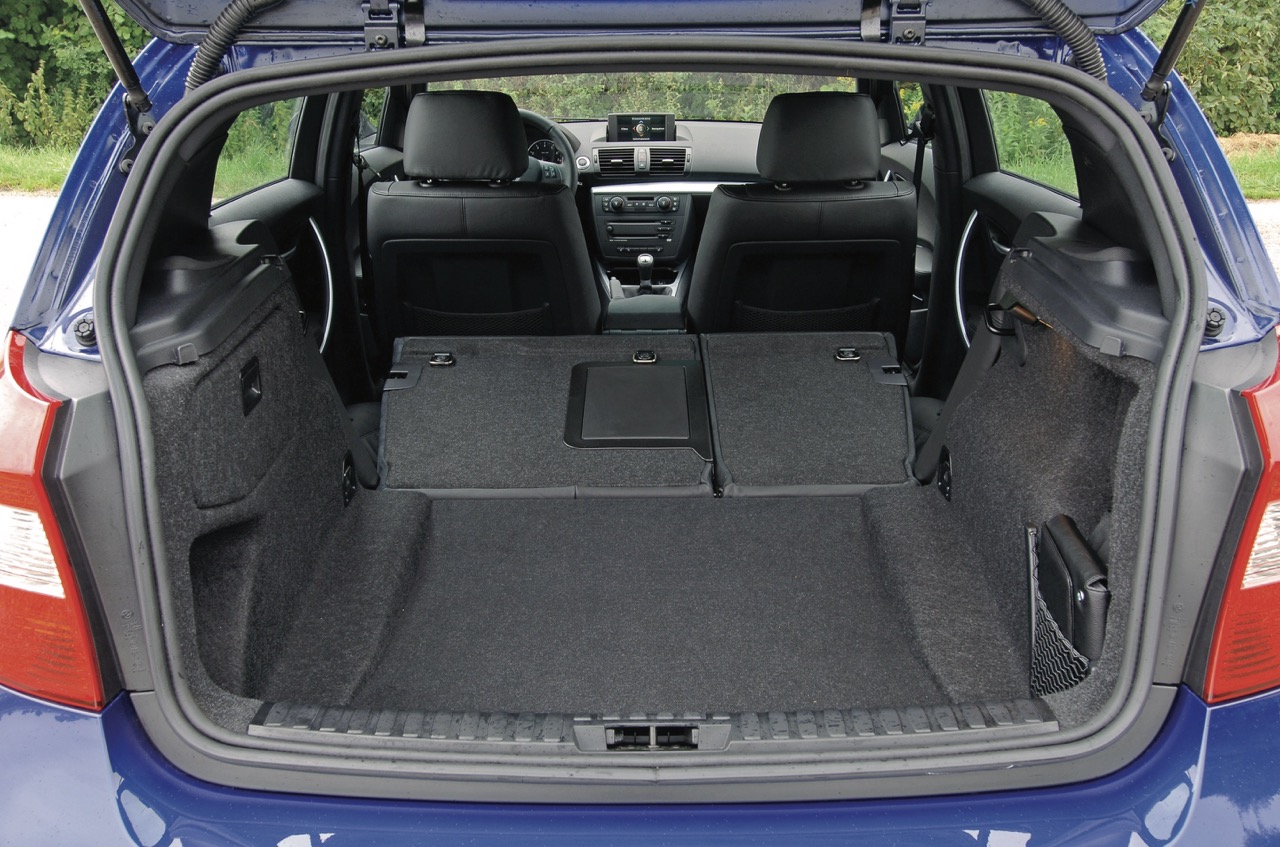
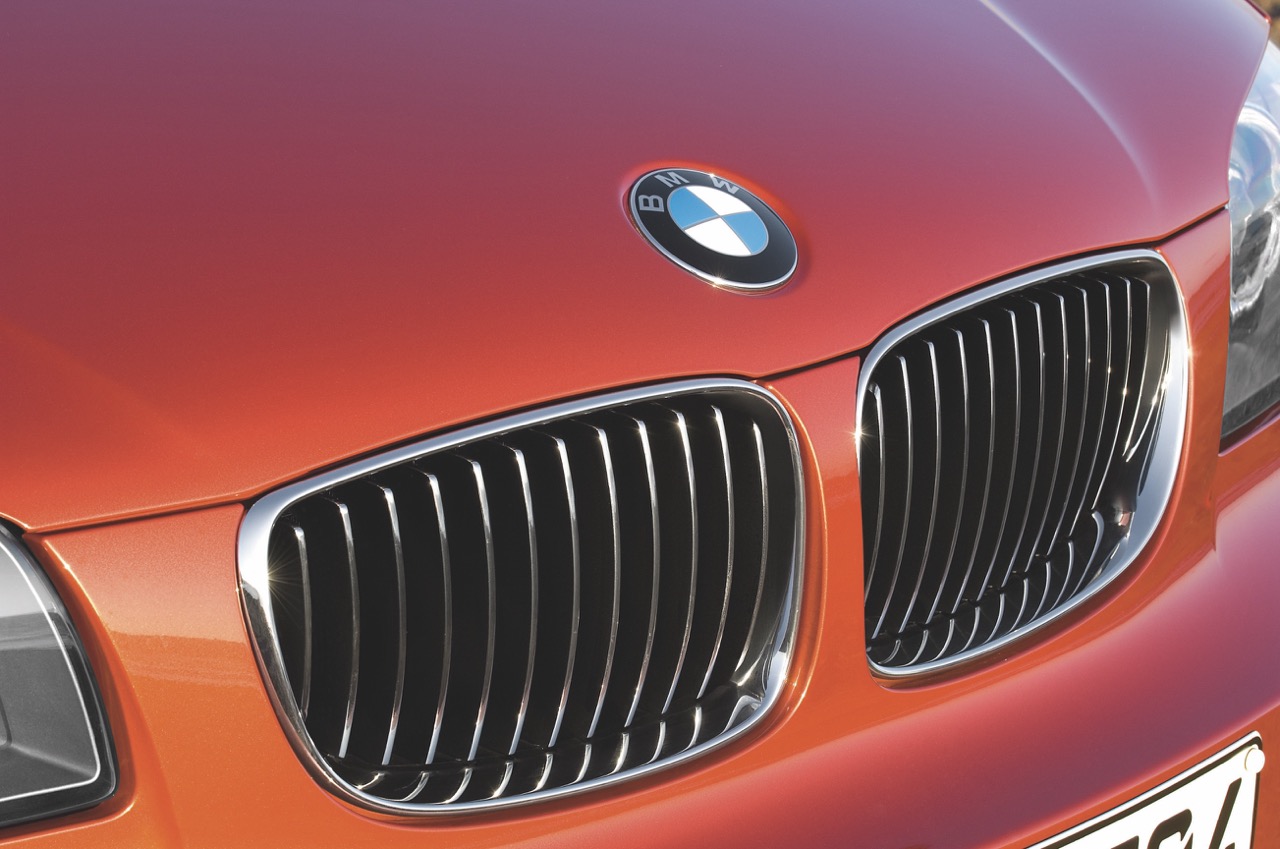


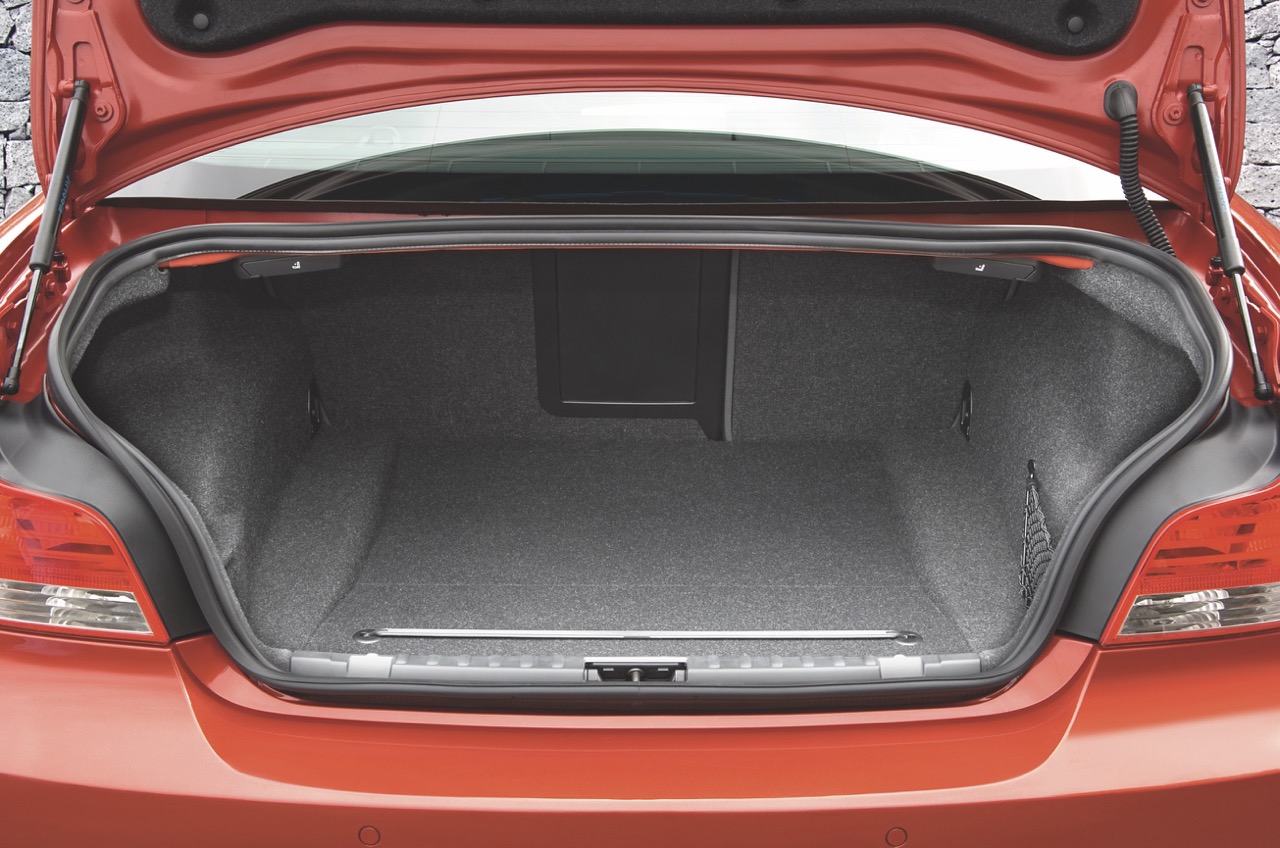



Classic? You’re joking, of course.
I have a e87 msport 2010 does not burn one drop off oil pulls like a train fantastic bmw